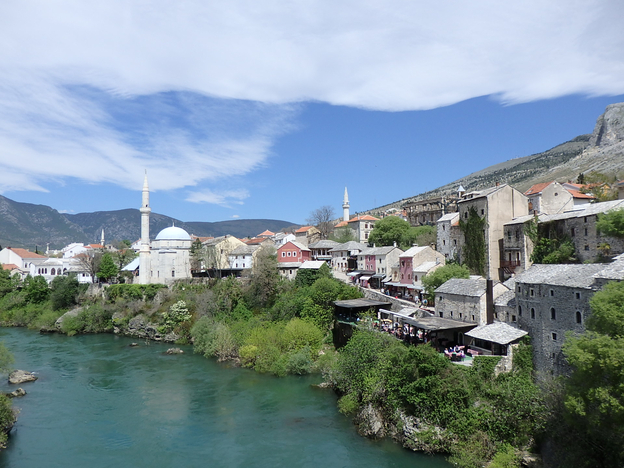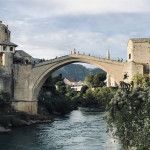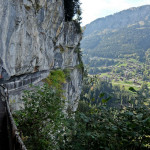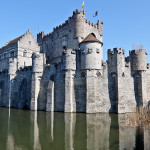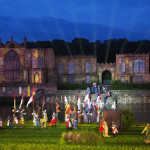Never has a city been so defined by a bridge. Paris may have its Pont Neuf, Venice the Rialto, but only Mostar has the 16th century stone bridge commissioned by Suleyman the Magnificent which, with its swooping contours and picturesque banks, is among the most photographed in the world.
Things are not all they seem, however, and today’s Stari Most(old bridge) is actually a reconstruction. Because despite the hordes of tourists, teeming bazaar and tranquil views of riverside cafes and minarets from that bridge, this Bosnian city was a war zone lying in ruins barely 20 years ago. The famous bridge and all but one of the city’s 27 mosques were blown up in an appalling act of vandalism which shocked the world as Croats fought their Muslim neighbours of half a millennium for supremacy.
This being a UNESCO World Heritage Site, when the Bosnian War ended money poured in from all over to rebuild the bridge, using the techniques of its original construction in 1557, and the listed historic city centre was also put back together. Now, only the odd burnt-out or bullet-riddled building on the outskirts stand as reminders of what the city has endured – not so much a tourist attraction as a testament to the folly of factionalism when neighbours inexplicably fall out over religion.
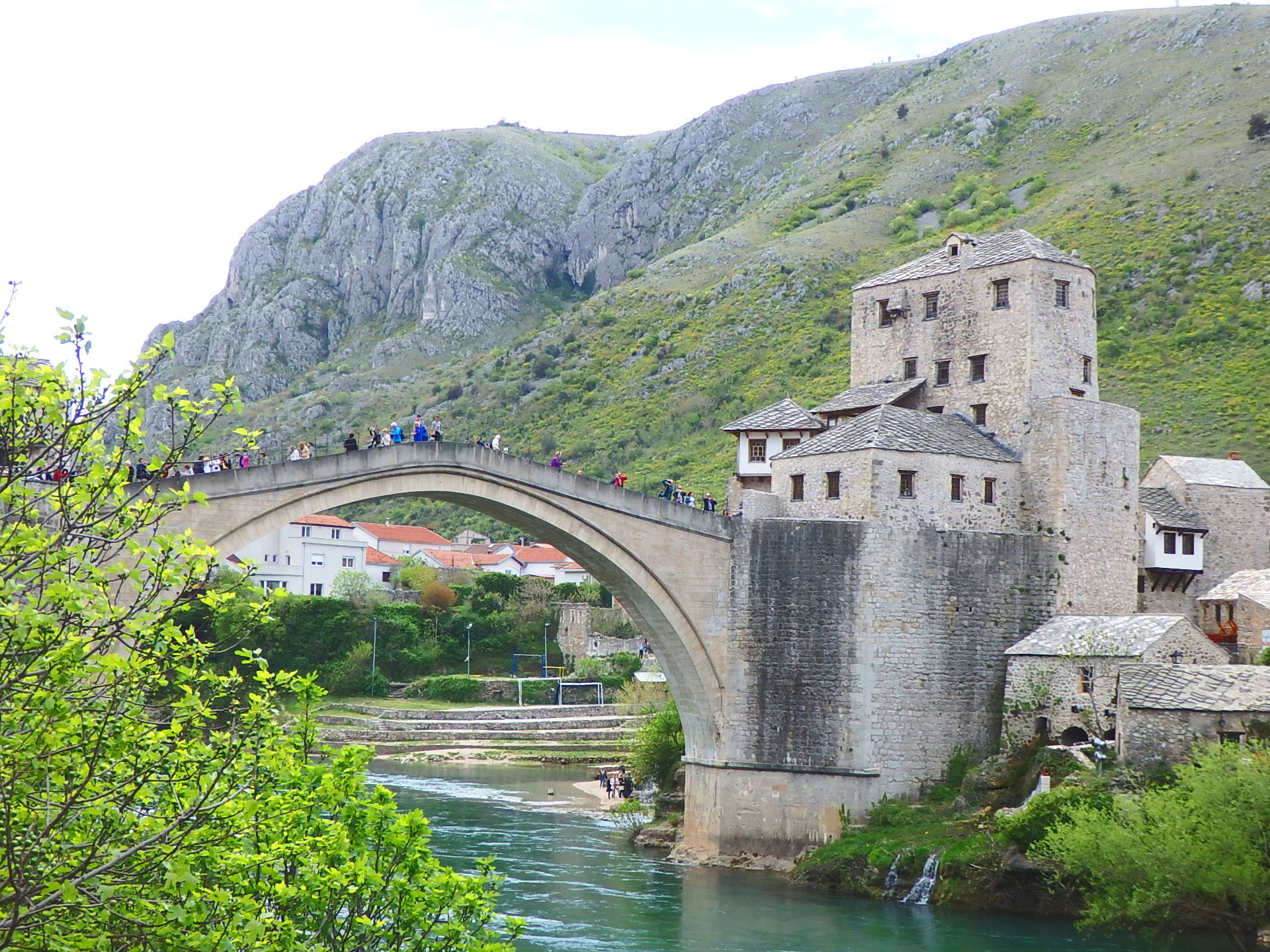
Other reminders of the deep divisiveness which caused the wanton and pointless act of destroying the old bridge are the fact the town today has two postal systems and even two bus stations, one for each of the warring sectors who still choose to live on opposite banks of the river. But the casual visitor will see none of this, elbowing for bridge space camera-toting tourists and souvenir shoppers from all over the world who come, snap, spend and generally leave before dark.
The bridge alone makes Mostar worth the visit, and there’s the added attraction of derring-do divers who leap from its apex once they’ve collected at least 20 euros worth of local currency from spectators. And the view from the bridge is arguably better than the view of the bridge itself, best enjoyed from one of those riverside cafes on the far side.
Another reason to visit is the dramatic and exquisite green mountain scenery surrounding the city, best enjoyed when driving over from Bosnia’s capital, Sarajevo. Be sure to come on a dry day, as the marble pavements and cobblestones of the old town are slippery at the best of times, and rain would make them downright hazardous.
About those souvenirs – the very best, in amongst all the Turkish tat, cheap pashminas, I Love Croatia magnets and fine necklaces of natural stone, is the political map outlining the Fall of Yugoslavia which apparently can only be bought in Mostar. Sobering stuff, but well worthwhile for those who come here hoping to fathom what was at the heart of the last Balkan conflict.
Those who would rather not try fathoming it at all can just enjoy a perfectly beautiful and engaging day trip from Split, a key excursion for the many Brits, Germans and Japanese who are currently making a big favourite out of Croatia’s Dalmatian Coast.
I want to visit Mostar. How can I find out more?
For information about tours including Mostar, visit Insight vacations

